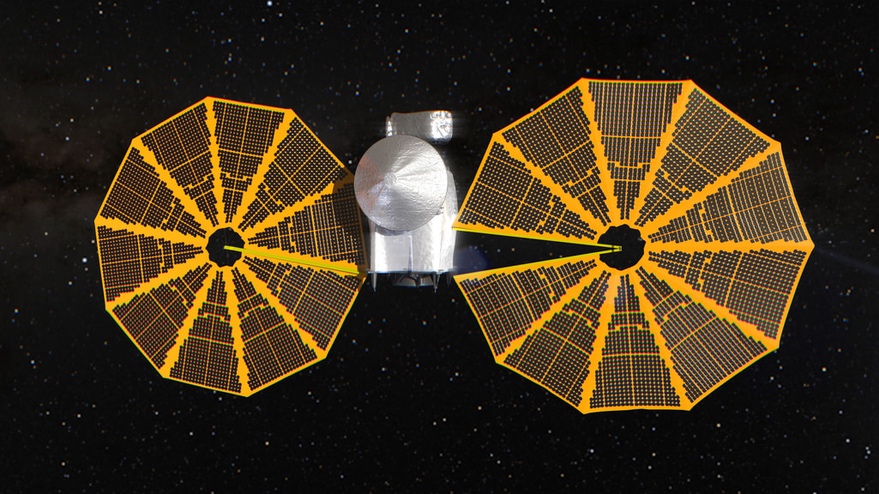Private players make their mark in China with space missions

A Long March 2F rocket carrying the Shenzhou XVII spacecraft lifts off from the Jiuquan Satellite Launch Center in October. ZHU XINGXIN/CHINA DAILY.
The first launch service tower was completed at Hainan International Commercial Aerospace Launch Center in Wenchang, a coastal city in the island province of Hainan, on Dec 29, the last workday of 2023. However, work continues at the center for its maiden launch, which is expected to take place around June. When put into operation, the center will become the fifth ground-based launch complex in China and the first dedicated to serving commercial space missions rather than government-funded programs.
In China, a commercial space mission generally refers to a space activity paid for by a business entity rather than a government department. Construction of the new center, which began in July 2022, was undertaken by China Aerospace Construction Group.
China's first man in space Yang Liwei (third from left) bids farewell to the Shenzhou XVII mission crew at the Jiuquan Satellite Launch Center in October. ZHU XINGXIN/CHINA DAILY.
The No 1 service tower is about 90 meters high and incorporates the latest rocket-launch technologies. It is specifically tasked with servicing Long March 8 carrier rockets. Developed by the China Academy of Launch Vehicle Technology, a subsidiary of China Aerospace Science and Technology Corp, the Long March 8 family consists of multiple medium-lift launch vehicles designated for commercial space missions.
Yang Tianliang, chairman of Hainan International Commercial Aerospace Launch Co, owner of the new center, said the complex's debut mission scheduled for June will be performed by a Long March 8 rocket lifting off from the No 1 service tower.
The new center project is a joint venture by the Hainan provincial government and three State-owned space conglomerates — China Aerospace Science and Technology Corp, China Aerospace Science and Industry Corp, and China Satellite Network Group.
The astronauts for the Shenzhou XV mission, Fei Junlong (center), Deng Qingming (right) and Zhang Lu, train in a simulated cabin in March 2022. XU BU/FOR CHINA DAILY. There is already a launch complex in Hainan — the Wenchang Space Launch Center. Like the other three such centers in China — Jiuquan, Taiyuan, and Xichang — it is administered by the central government and is primarily tasked with serving State programs such as lunar explorations and manned spaceflights.
The Hainan provincial government has said it intends to make the new site a leading launch facility that will be fully commercially managed to support the long-term growth of the nation's commercial space industry. Thanks to the central government's encouragement and favorable policies, more Chinese private companies have become involved in satellite businesses ranging from design and manufacturing to in-orbit operations and data processing, generating huge demand for commercial launch services.
Several private enterprises have announced or begun to implement plans to establish space-based networks with tens or even hundreds of satellites for broadband internet or data collection businesses. Hu Shengyun, a senior rocket designer at China Aerospace Science and Industry Corp, said the existing government-run launch centers are too busy to handle rising demand from the commercial space sector. It is also not uncommon for even a government-assigned mission to have to await scheduling at those sites.
The post 'Private players make their mark in China with space missions' appeared first on Techatty Aerospace.





































